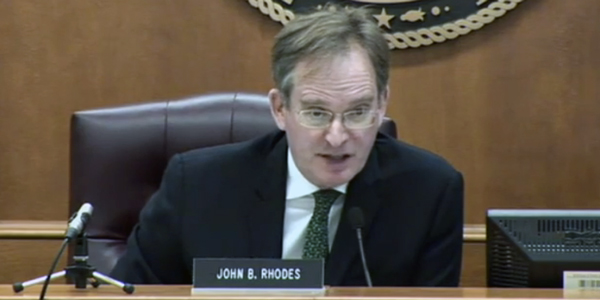By Michael Kuser
New York regulators last week approved the state’s third community choice aggregation (CCA) program, authorizing energy consultant Good Energy to provide five upstate municipalities with bulk purchasing of electricity and natural gas.
The Public Service Commission’s Jan. 18 order allows the new CCA to serve the villages of Fayetteville and Minoa in central New York, along with the village of Coxsackie and the towns of Cairo and New Baltimore near Albany.
Authorized by the PSC in 2015 under Gov. Andrew Cuomo’s Reforming the Energy Vision, CCAs can provide communities with lower energy prices as well as clean energy options, according to the PSC.
“Residential and small business customers can reduce their energy bills, take advantage of renewable energy choices and enjoy other money-saving services thanks to the leverage enabled by the bulk purchasing available through these community-based associations,” PSC Chair John B. Rhodes said.
While the five towns represent Good Energy’s first programs in New York, the company has helped create CCAs for more than 60 communities in other states, serving nearly 400,000 households and providing 3.3 billion kWh annually.
The commission previously allowed 20 municipalities in Westchester County to form a CCA (14-M-0224), and last year it approved a CCA by the Municipal Electric and Gas Alliance for several towns in central and upstate New York.
Commissioner Diane Burman supported the measure, but she urged that all stakeholders affected by the decision be heard, especially low-income residents and consumer advocates.
“Out of the seven states that have done community choice aggregation, New York is the only state that has done this outside of the legislative process,” Burman said.
Communities can pass local laws to join or establish a CCA, but they must ensure that residents and small businesses can choose to remain a customer of a utility or energy service company (ESCO). Good Energy will help each of the five communities select an ESCO to manage its CCA, which could begin operating during the second quarter of 2018.
PSC Approves 4th Tranche of VDER
The commission last week also approved implementation of the fourth tranche in its Value of Distributed Energy Resources (VDER) tariff, continuing the transition away from net energy metering (NEM).
The PSC’s VDER Phase I order of March 2017 (Case NYPSC Adopts ‘Value Stack’ Rate Structure for DER.)
“Several transition mechanisms were in that order,” Ted Kelly, assistant counsel for the Department of Public Service, told the commission. “Onsite mass market customers such as rooftop solar continue to receive net metering for all projects built before Jan. 1, 2020. Mass market customers — that’s residential customers as well as small businesses —participating in community-generated distribution projects, community solar for example, receive a market transition credit, or MTC, on top of the value stack.”
The commission’s Jan. 18 order recognized that several utilities had exceeded the limits of their capacity allocations under the program. Orange and Rockland Utilities last April filed a letter notifying the commission that 85% of the total megawatt capacity for its tranches had been allocated, but the utility continued to assign projects to Tranche 3, which is now 28 MW over its original 12-MW size.
In December, Central Hudson Gas and Electric told the PSC that it had reached 85% of its total allocation, and then subsequently filed an update that Tranche 3 had exceeded its 19-MW capacity, with 29.7 MW currently allocated.
Burman supported the measure but said, “I continually have felt that we are doing a delicate dance of being unwilling to admit that we may have a problem in going from net metering to [VDER] and the transition of that and what that means for when we lift and completely get rid of NEM and the grandfathering issue.”
Burman nonetheless said she supported the majority position of not disrupting the distributed generation effort and agreed that REV should ultimately decide alternatives to net metering.







